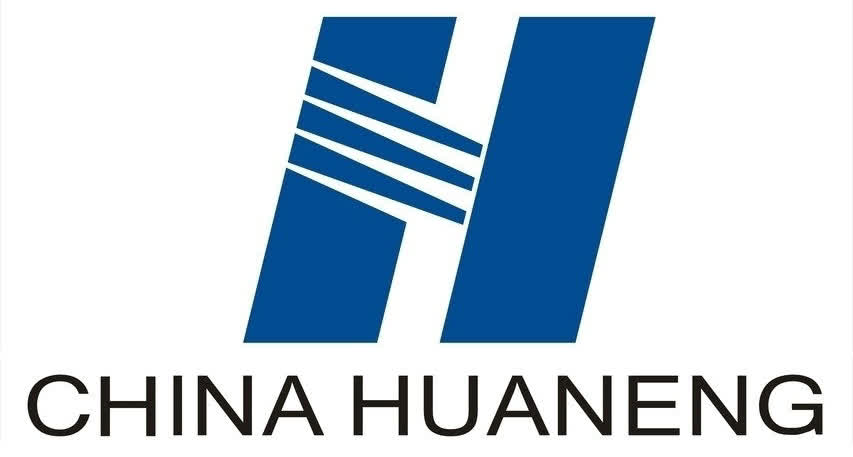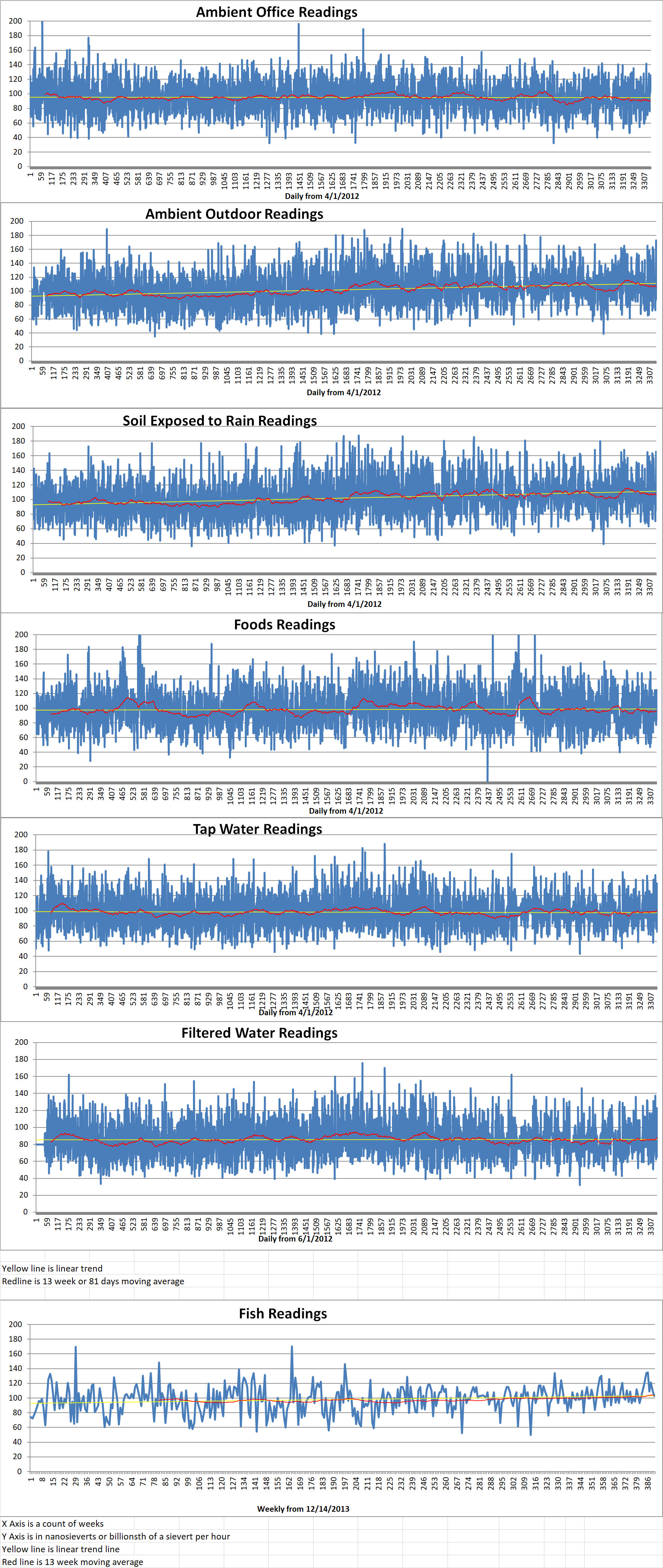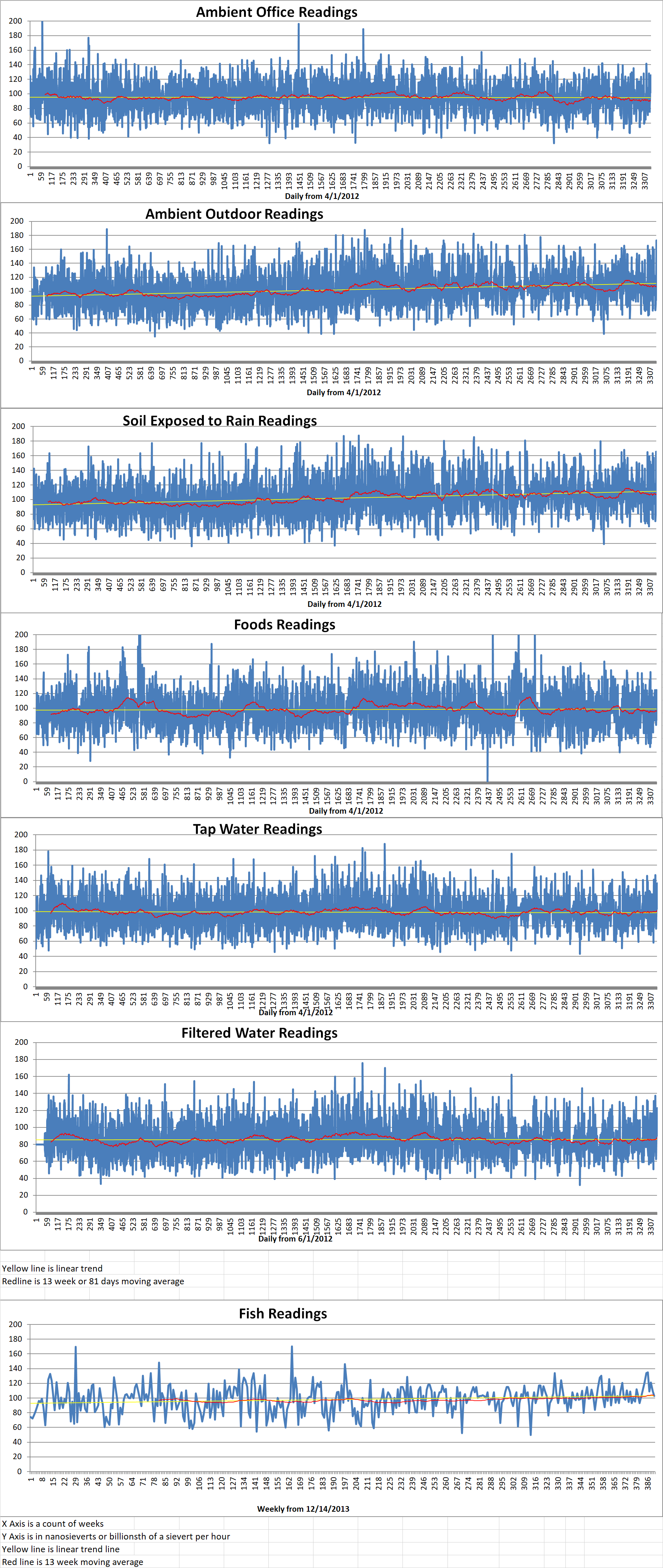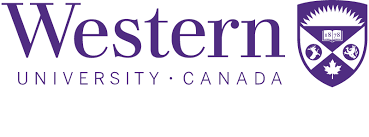Western University in Canada has just been awarded a three million three hundred-thousand-dollar research grant. Two million dollars came from the National Sciences and Engineering Research Council of Canada (NSERC ), and one million three hundred thousand dollars came Canada’s Nuclear Waste Management Organization. The purpose of the grant is for Western to continue the work it has been doing for decades in understanding how to store nuclear waste as safely as possible.
Jamie Noël is an electrochemist and member of the Surface Science Western research group. He said, “We’re already recognized as experts in this research. This collaboration makes us a powerhouse and it solidifies our international reach.”
The grant includes partnerships with David Shoesmith who a chemistry professor at Western, Lyudmila Goncharova who is a physics professor at Western and a Western earth sciences professor named Des Moser. It also includes partner nuclear waste management organizations in Canada, Japan, Sweden and Switzerland.
Noël said, “This makes a lot of sense because this work is an international issue; it’s not proprietary to Canada. There’s a very good incentive for collaboration among countries because everyone wants this done in the safest and best way possible.”
Thirty-two countries around the globe including Canada generate some of their power from nuclear sources. The production of nuclear power generates much less carbon dioxide than fossil fuels. However, it does produce a great deal of radioactive spent nuclear fuel rods that must be dealt with.
Canada has developed a plan for dealing with such waste. Spent nuclear fuel bundles are loaded into steel canisters which are then electrochemically coated with a three-millimeter layer of copper. Then the canisters are encased in a buffer of compacted bentonite clay in a deep vault in bedrock five hundred meter below the surface.
Noël’s work is involved with testing ways to make the canisters corrosion-proof. His team expertise includes metallurgy, electrochemistry, corrosion science, thermodynamics, hydrogeology, mineralogy, microbiology, synthetic chemistry and computer modeling. The addition of Moser and Goncharova to Noël’s team provides an even more comprehensive scope.
Moser’s research is investigating corrosion-proof analogs that already exist. Noël said, “Nature put copper out there a billion years ago and it’s still good today, so we know it can be done. Des’s work can help show us how.”
Noël went on to say that his team is also working with Indigenous Peoples to integrate their long-time traditional relationship with the land, to understand where copper deposits are and how they historically interact with Indigenous culture as well as how they interact with surrounding geology and hydrology.
The five-year grant is a huge investment of money and public trust, Noël said. He added, “We want to make sure, really sure, that if we’re going to have a nuclear waste repository that it is safe, and safe the first time around – because there will be no second time.”
Some of the joint research includes validating the efficacy of a three-millimeter copper coating. This approach is unique to the Canadian researchers. Another aspect of the research is to understand fuel chemistry and to ensure different forms of spent nuclear fuel waste are made both stable and insoluble before long-term storage.
Wester Faculty of Science Dean Matt Davidson said that the long-term international relationships and collaborations Noël continues to build are invaluable to his research.
Laurie Swami is the president and CEO of NWMO. She pointed out that the research funding from her organization has been leveraged into additional support from NSERC and other organization, both in Canada and around the world. She added, “It’s important that that work is supported not only in Canada, but internationally.”






